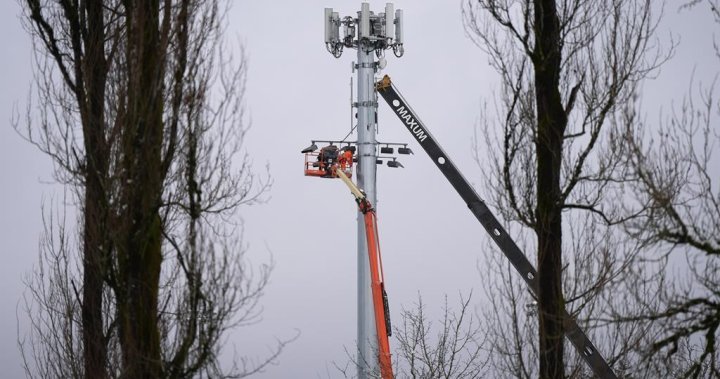The completion of a significant telecommunications infrastructure project along British Columbia’s Highway of Tears marks a crucial step towards enhancing safety and connectivity in the region. Rogers Communications, a leading Canadian telecom provider, has announced the activation of five new cellular towers along Highway 16, bringing the total number of active towers to nine. This initiative is part of a broader project to establish continuous cellular coverage along the entire 720-kilometer stretch of highway between Prince George and Prince Rupert. The newly activated towers provide coverage for 166 kilometers that were previously lacking wireless service, significantly reducing communication gaps and improving access to emergency services. This development is particularly important given the history of the highway, infamously known as the Highway of Tears due to the high number of missing and murdered Indigenous women and girls along the route.
The improved cellular coverage along Highway 16 offers a vital lifeline for travelers and residents, particularly those in remote Indigenous communities. The new towers not only provide access to 911 emergency services for anyone in need but also offer enhanced 5G wireless coverage for Rogers customers. This connectivity empowers individuals to stay connected with family and friends, access essential information, and conduct business activities. Furthermore, the increased communication capabilities can facilitate economic development and educational opportunities in the region, fostering greater social and economic inclusion. The project demonstrates a significant investment in public safety and a commitment to bridging the digital divide in underserved areas.
This accomplishment represents a crucial step forward in addressing a long-standing safety concern along Highway 16. The lack of reliable cellular service has historically hindered communication and hampered rescue efforts in emergency situations. With the expanded network coverage, individuals traveling along the highway now have a more reliable means of contacting emergency services in case of accidents, vehicle breakdowns, or other emergencies. This enhanced accessibility to 911 services can be crucial for saving lives and mitigating the severity of incidents. Moreover, the improved communication infrastructure can also aid law enforcement investigations and assist in locating missing persons.
The completion of the cellular tower project fulfills a key recommendation outlined in the 2006 Highway of Tears Symposium report, which emphasized the need for improved emergency communication access along the highway. The report highlighted the vulnerability of motorists and hitchhikers, particularly Indigenous women and girls, who often lack access to communication tools in emergency situations. By providing continuous cellular coverage along the highway, the project directly addresses this concern and aims to create a safer environment for all travelers. This initiative reflects a collaborative effort between government, industry, and community stakeholders to address the complex issues surrounding safety and connectivity along the Highway of Tears.
The new cellular towers have been hailed as a significant advancement by community members and advocates who have long championed improved safety measures along Highway 16. Mary Teegee, a prominent Indigenous activist, describes the towers as “lifelines for the north,” emphasizing the critical role they play in establishing vital communication networks. The improved connectivity can empower Indigenous communities by providing access to essential services, facilitating communication with family and friends, and creating opportunities for economic and social development. This project symbolizes a positive step towards reconciliation and demonstrates a commitment to addressing the specific needs and concerns of Indigenous communities along the Highway of Tears.
The completion of the cellular tower project along Highway 16 represents a significant milestone in enhancing safety and connectivity in northern British Columbia. The expanded network coverage provides access to crucial 911 services, improves communication capabilities for travelers and residents, and addresses a long-standing safety concern along the Highway of Tears. This initiative demonstrates the power of collaboration between government, industry, and community stakeholders to improve public safety, bridge the digital divide, and promote reconciliation with Indigenous communities. The project underscores the importance of investing in infrastructure projects that address the specific needs of underserved regions and contribute to creating a safer and more connected future for all.

